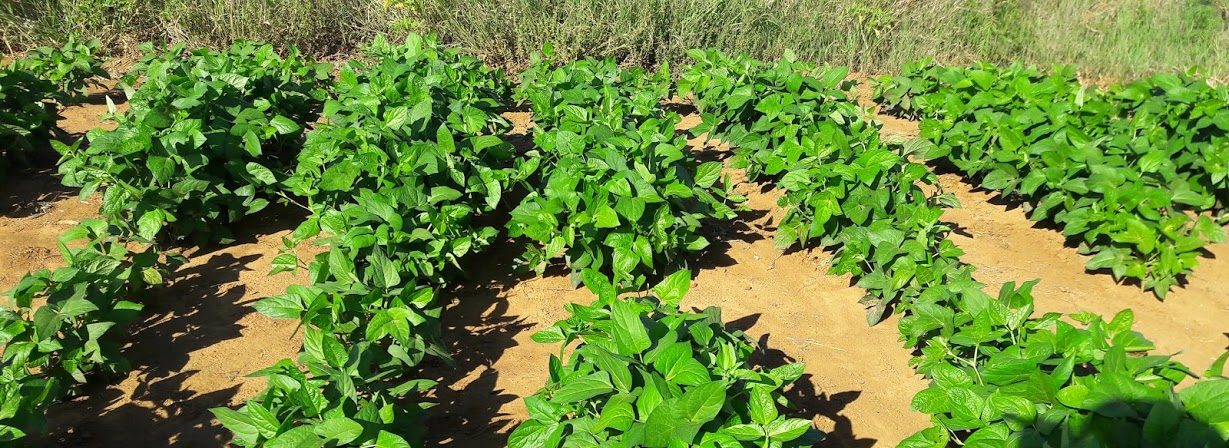Research Title
Targeting new climate-resilient feeds and forages in the smallholder mixed farming systems of East Africa
Agricultural systems in low and middle-income countries are currently faced with tremendous challenges which are predicted to increase in the future. These challenges include the population, which is projected to grow from the current 7.3 billion to 9.7 billion in 2050 and further reaching 11.6 billion in 2100 (Kc and Lutz, 2017). At the same time, about 800 million people are currently food insecure (Fischer et al., 2002). Most of this growth in population is expected to emerge in Africa, where agriculture is a pillar of sustainable livelihoods and incomes (Misselhorn et al., 2012). Therefore, the agricultural system needs to double its productivity by 2050 to meet the demands of this populace and to maintain food security (Tscharntke et al., 2012). In addition, improved standards of living and rapid urbanization in developing countries have resulted to a substantial shift in diets, thereby leading to a greater demand for livestock products (Godfray et al., 2010) (Thornton et al., 2009). The population is moving from the consumption of basic staples to the consumption of more diverse meat-based diets (Kearney, 2010). Therefore, efforts to increase production of livestock products such as meat and milk to satisfy the increased demand will result in a higher demand for feeds and forages for livestock. However, the major threat is that this increase in demand for feed resources for livestock is occurring in the setting of climate change.
Climate change will continue to alter rainfall distribution, lead to temperature increases and increase the occurrence of droughts and floods (IPCC, 2012). These climate variabilities will negatively impact livestock productivity through decreasing the quality and quantity of forage, thereby affecting the health and nutrition of livestock significantly (Fischer et al., 2002). Smallholder farmers in Sub-Saharan Africa, particularly East Africa are vulnerable to the negative impacts of climate change, primarily because they are in the tropics, their livelihoods and incomes depend on the productivity of livestock and they lack resources and policies which enhance their capacity to adapt to climate change (Morton, 2007) (Bryan et al., 2013). Moreover, most of the adaptation methods assume a one-size fits all approach or a top-down approach, whereas different farmers in different geographic locations require varying adaptation methods. Therefore, farmers need adaptation methods which meet their specific requirements to reduce vulnerability and build resilience.
Broad Research Objectives
1. Compare current use of feeds and forages, and hectares planted with the potential area based on current climate and smallholder mixed systems.
2. Evaluate the profitability of different feeds and forages and to compare these feeds and forages in different environments.
3. Assess the feasibility of developing adoption metrics based on FEAST/ Techfit adoption factors to generate adoption probability maps.
4. Evaluate the effects of climate change on potential area planted and profitability.
5. Estimate the adoption potential of more climate-resilient lines of specific forages as an adaptation to climate change.
Specific Research Objectives
1. Evaluate the effects of current climate conditions on forage availability and quantity in the smallholder mixed farming systems.
2. Assess the effects of current climate on seasonal availability of forage in the smallholder mixed farming systems.
3. Determine areas vulnerable under current and future climate conditions.
4.Recommend feed interventions suitable to address feed gaps under current and future climate conditions based on the FEAST/Techfit sheets.
5. Estimate the adoption potential of more climate-resilient forages as a means of adaptation to climate change.
